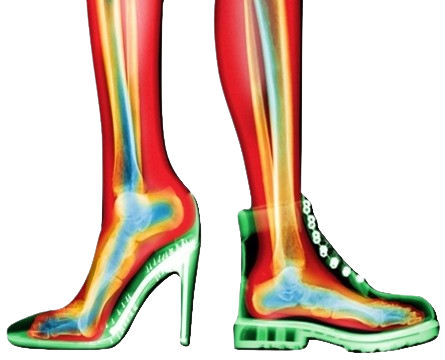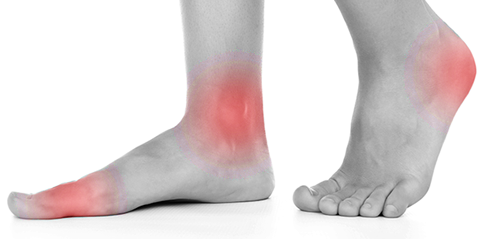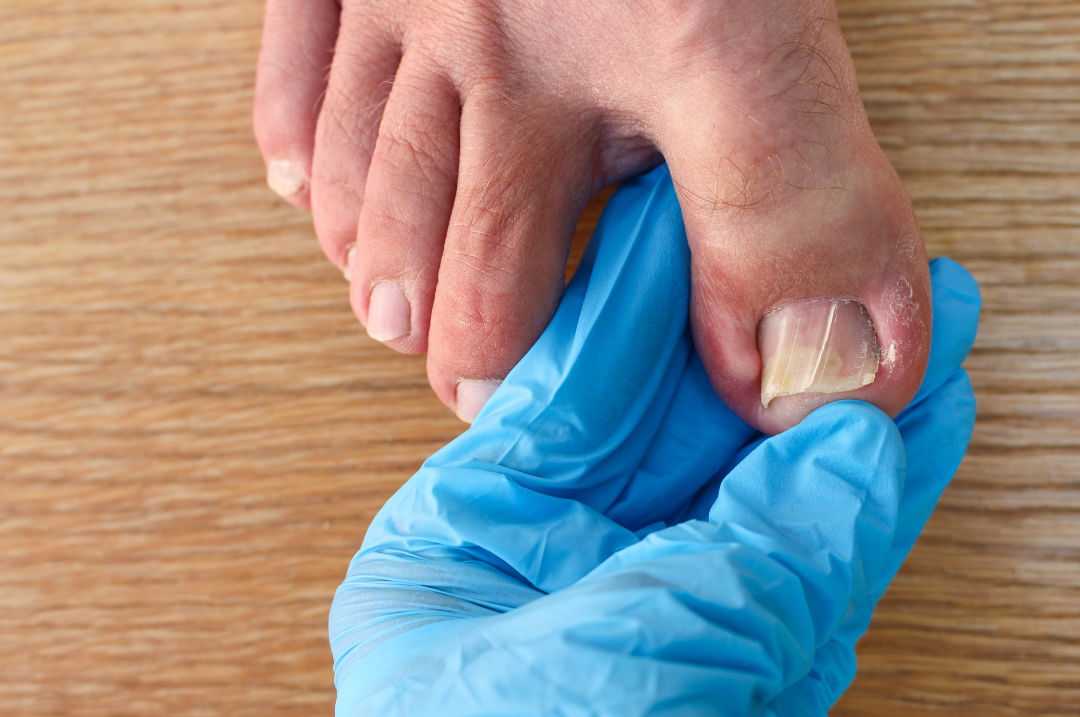Diabetes & Ingrown Toenails: What You Must Know
There’s a lot that comes to mind when we think of diabetes, and for most people, the risks to their feet and ingrown toenails are not one of them. Yet as podiatrists that specialise in treating ingrown nails, seeing a diabetic with ingrown nails, particularly if they’ve had more than one in the past, rings […] Read More…




